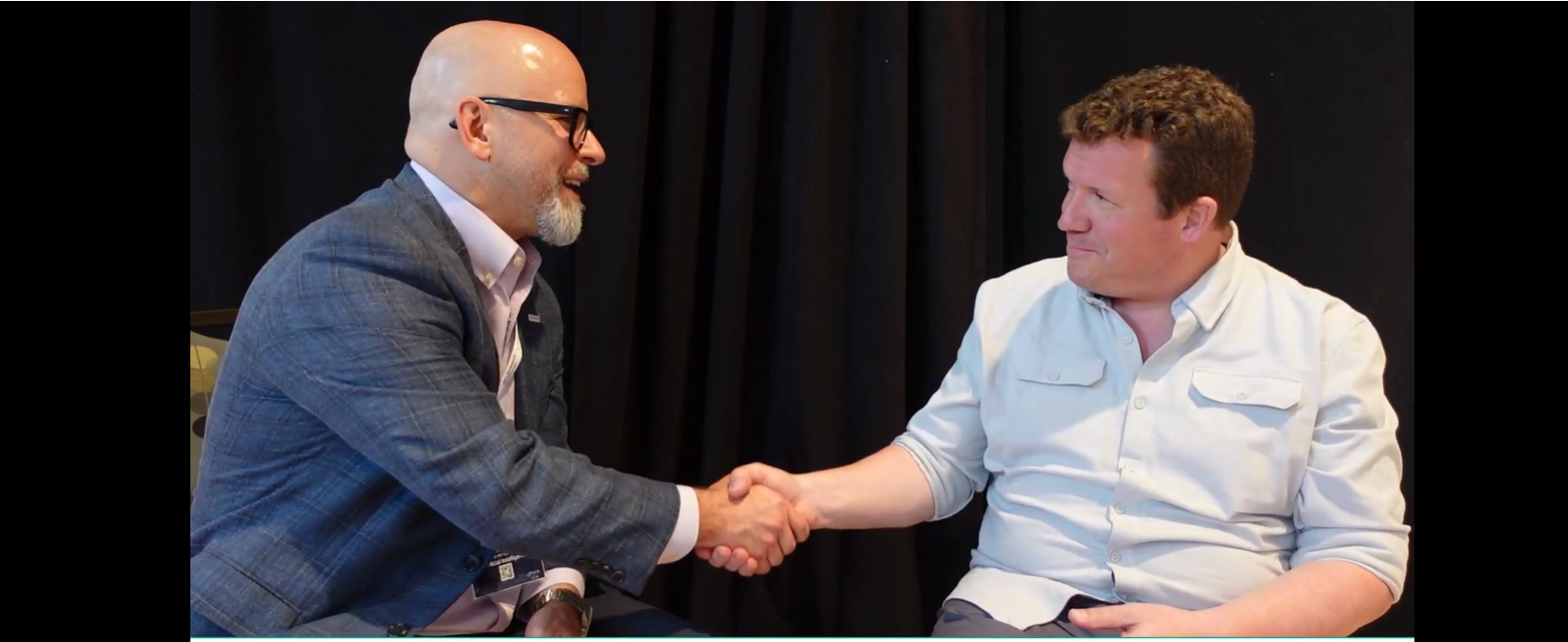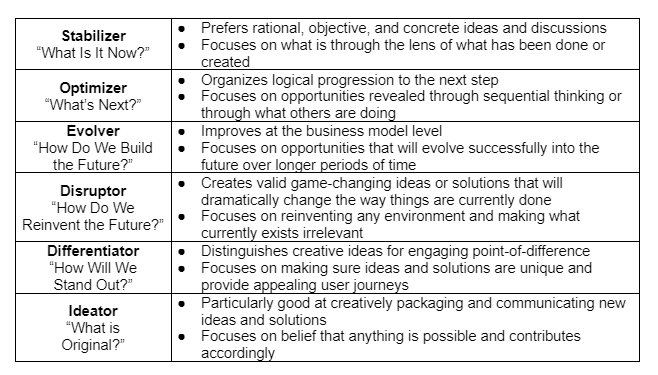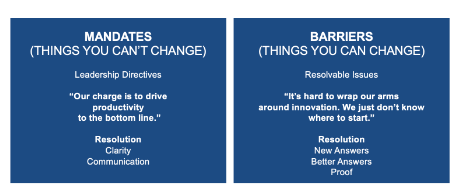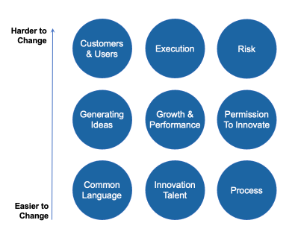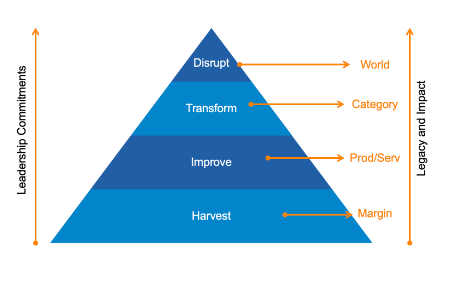Project Management in the Age of AI: Interview with Ben Royce, Google
During the recent 12th Annual International Project Management Association Global Research Conference, Tim Jaques, Founder and CEO of Teaming Worldwide, sat down with keynote speaker Ben Royce, who leads business development efforts for Google’s Cloud AI Services and is a lecturer of digital transformation and AI at Columbia University.
During the fireside chat, Tim, who serves as President of the Member Association for the United States for the international association, and was also the General Chair of the conference, and Ben discussed the role project management in the age of AI; whether project management roles will changes as more businesses opt in to utilizing artificial intelligence; how AI will change certain functions within project management; and what new competencies may evolve as AI becomes more and more a part of how we do business.
Click here to watch the quick five minute video with Tim and one of the AI industry’s best of the best.
All Call to Action
Ready to learn more about assembling effective innovation teams, Intentional Innovation®, and how Teaming Worldwide can help you solve your business’s most pressing innovation pain points? Let’s connect.
Visit www.teamingworldwide.com/innovation to schedule a discovery call or email hello@teamingworldwide.com.

